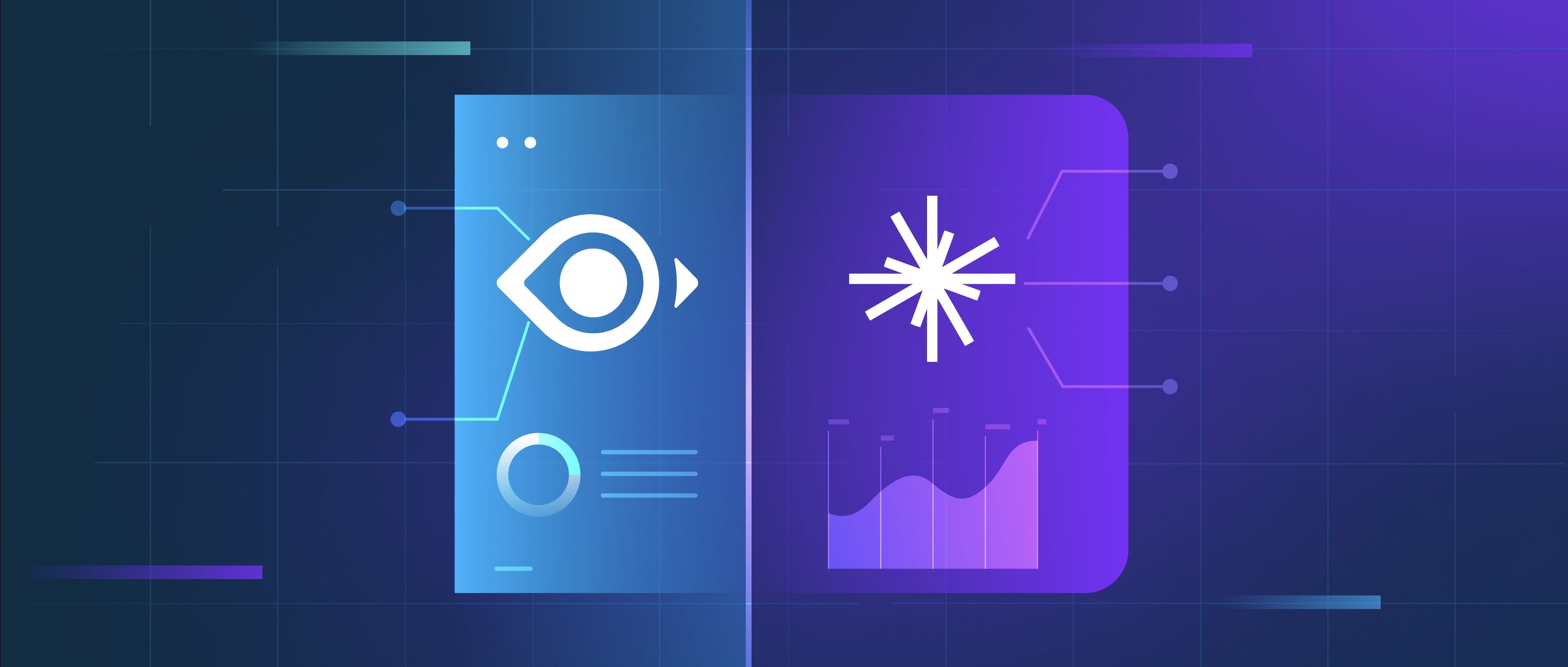Few-shot learning in reinforcement learning (RL) environments allows models to quickly adapt to new tasks or conditions with minimal training data. Instead of requiring a large dataset to learn effectively, a few-shot approach leverages prior knowledge gained from similar tasks. This is particularly useful in RL, where environments can vary significantly, and gathering extensive training data can be time-consuming. The objective is to enable the agent to generalize its knowledge from one or few experiences to handle new, but related situations successfully.
In practice, few-shot learning in reinforcement learning might involve using techniques like meta-learning. In meta-learning, the agent is trained on multiple tasks, allowing it to learn how to learn. For example, imagine an RL agent trained in various types of mazes. After observing and solving multiple mazes, when it encounters a new maze with a familiar structure, it can quickly adapt its policies from what it learned before rather than start from scratch. This is like a human being introduced to a similar puzzle; they can often apply previous strategies efficiently.
Another approach is to employ techniques such as prototype learning or memory-augmented models. In prototype learning, agents create a representation of what they have learned based on a few examples and use this to make quick decisions in new environments. Memory-augmented models can store experiences and recall relevant past experiences when faced with new tasks. For instance, if an RL agent encounters a new enemy in a game, it may recall its previous encounters with similar enemies and adjust its strategy based on that. These techniques make it easier for RL agents to adapt without needing extensive retraining, enhancing their performance in dynamic environments.
